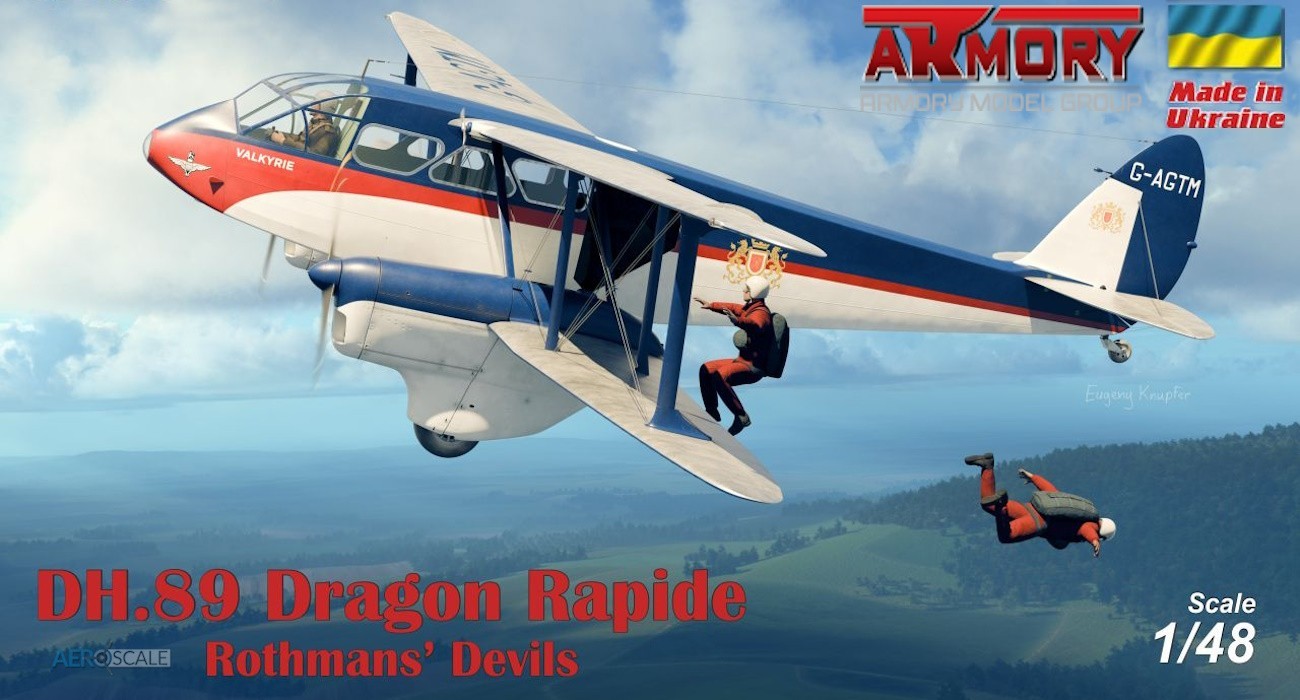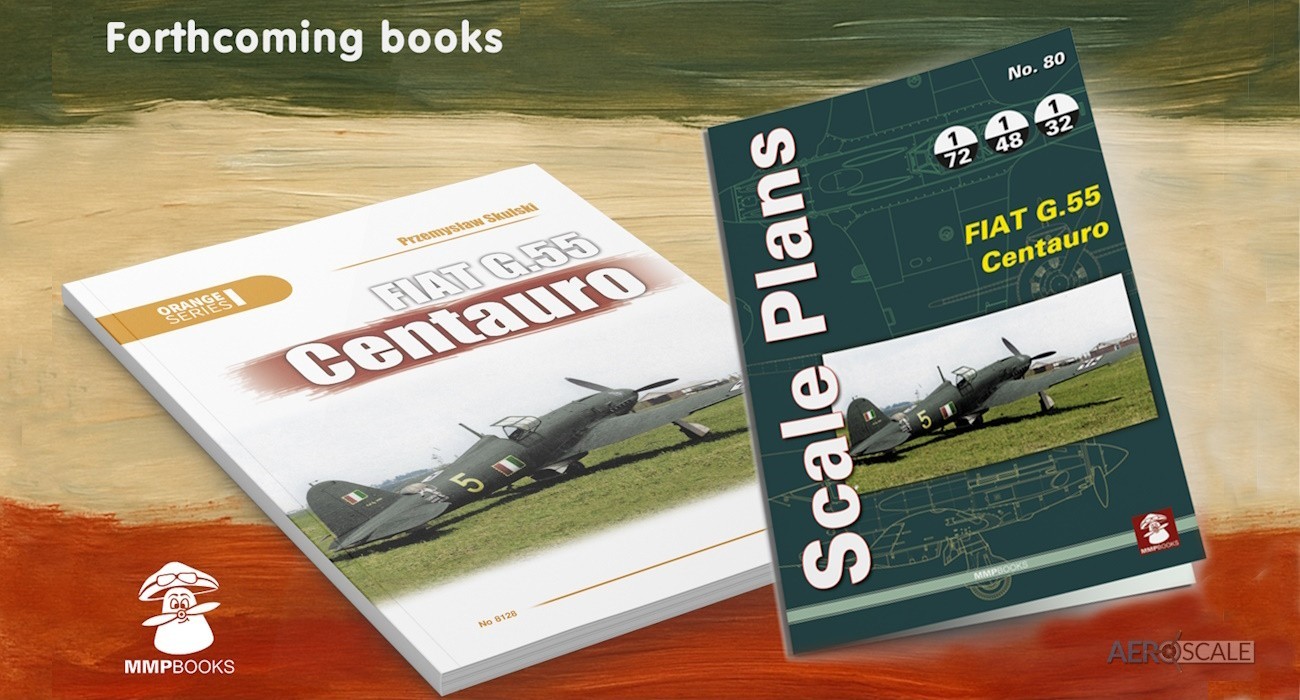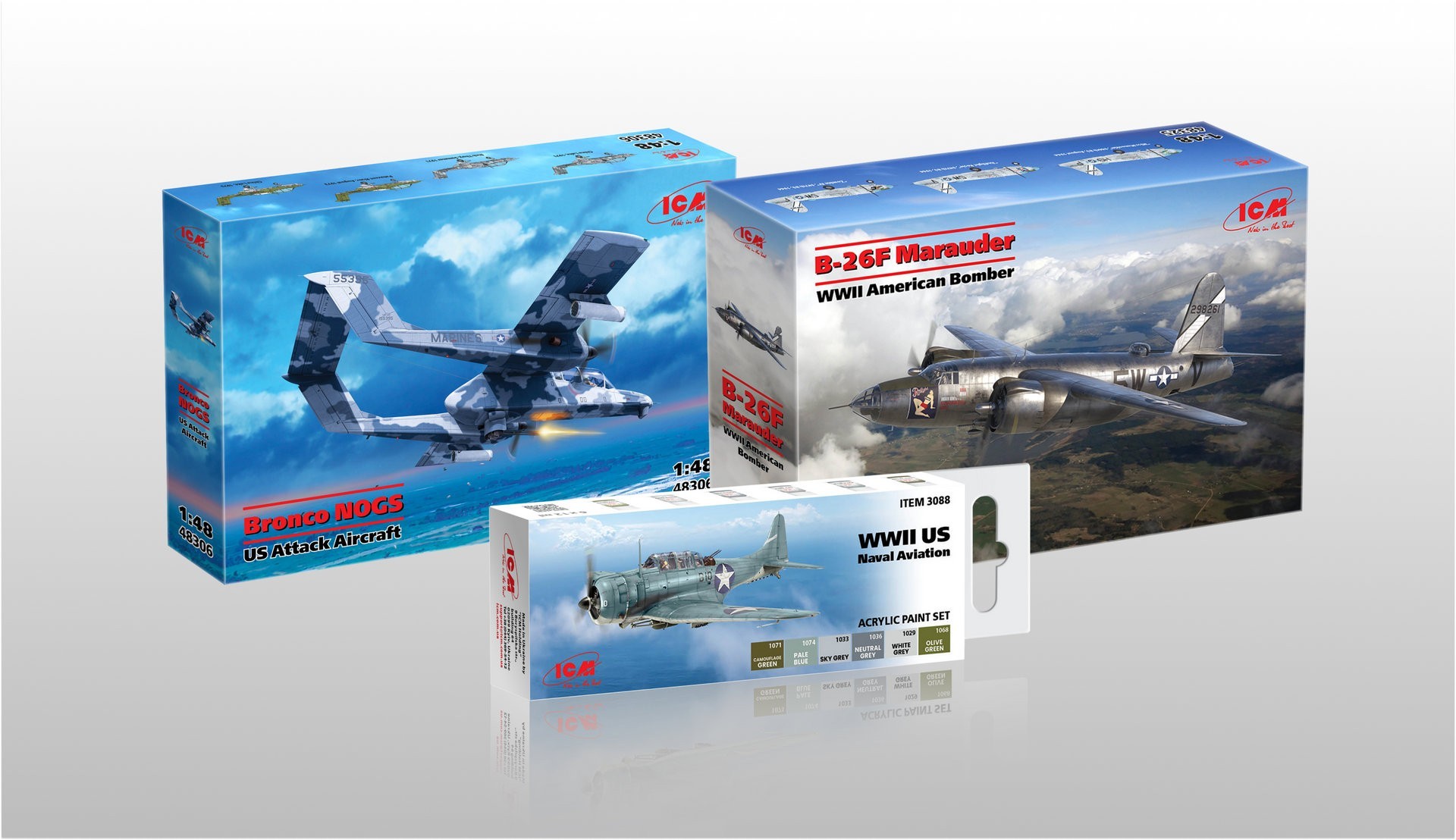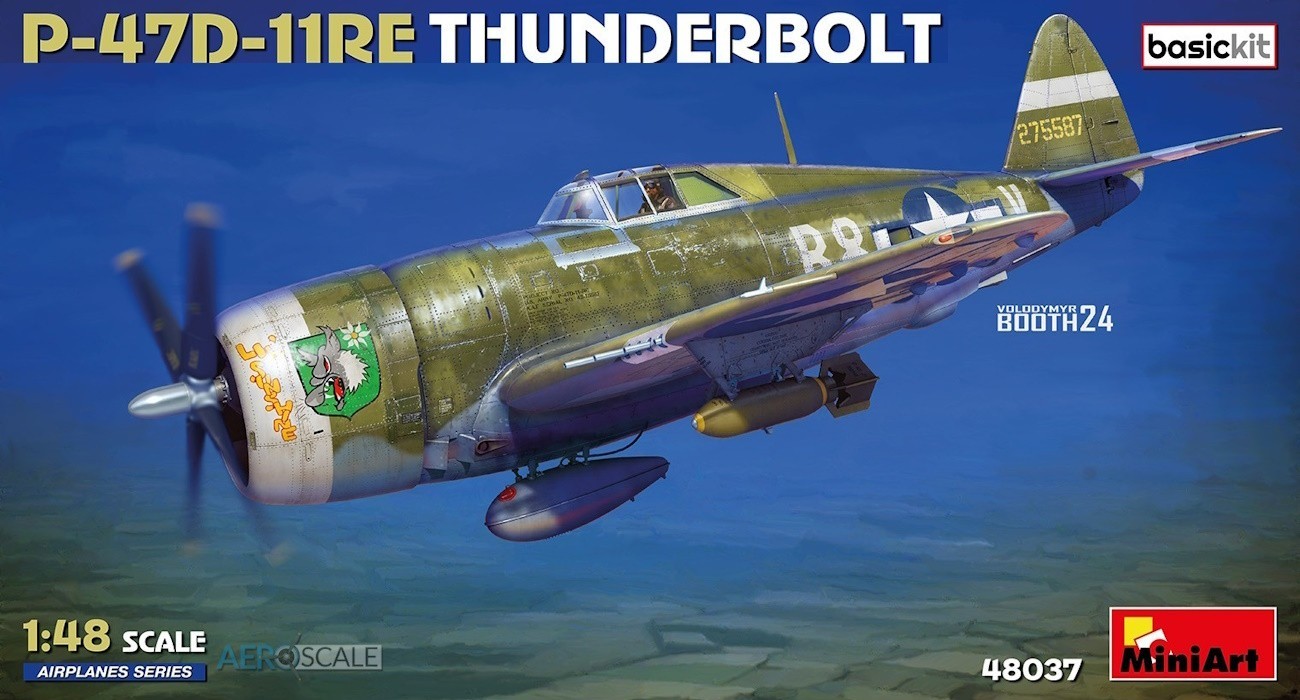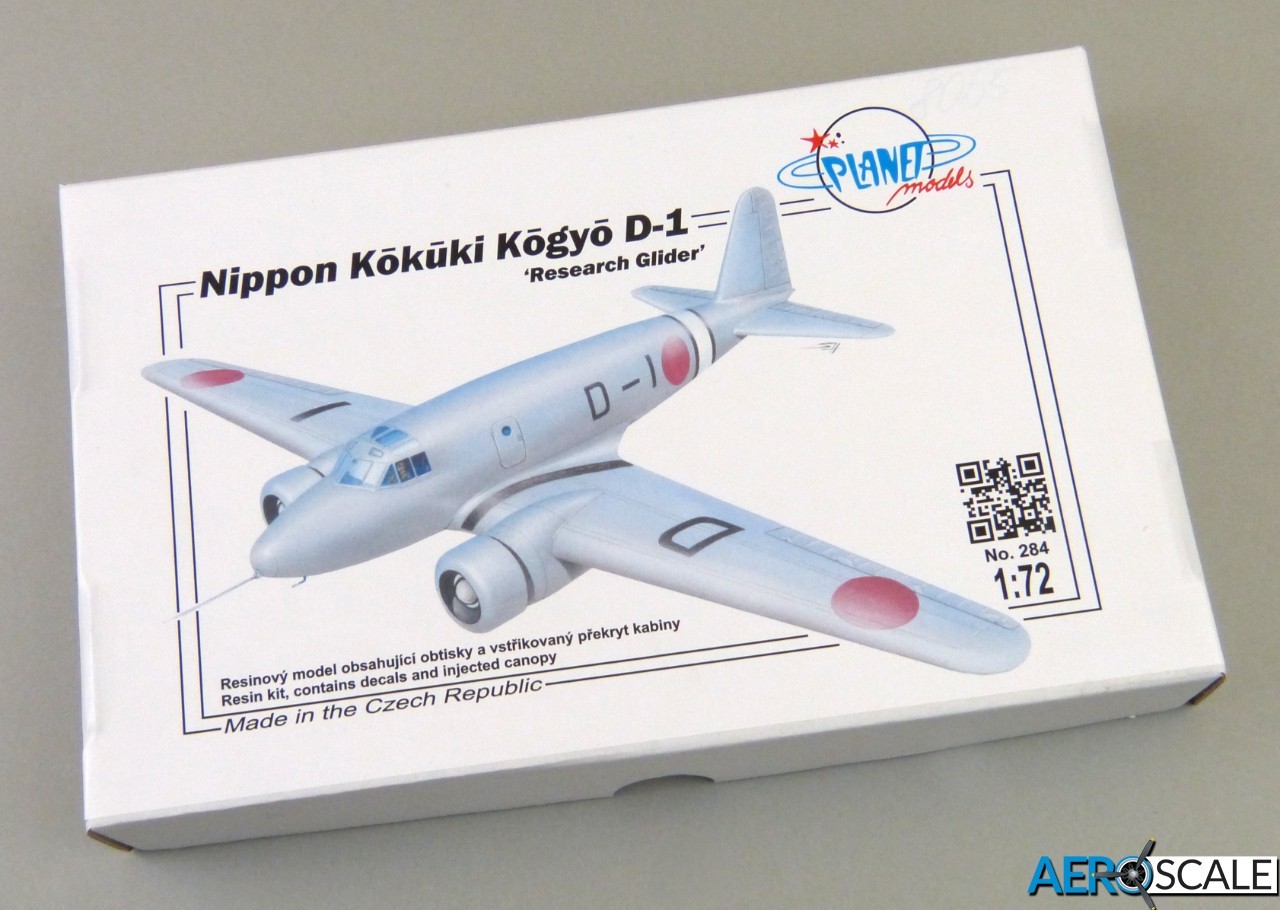
Background
I've long had a soft spot for lesser-known and experimental aircraft, but I have to admit that I'd never heard of the Nippon Kōkūki Kōgyō D-1 research glider until Planet Models announced this kit. Apparently, it flew in June 1943 and was used by the Japanese Civil Aviation Bureau to verify the results of some of their aerodynamics research.
The airframe was based on the Tachikawa Ki-54 "Hickory", but constructed of wood (there were wooden versions of the Ki-54 also planned) and had a simple fixed landing gear half-buried in the nacelles. A few surviving photos that I've found online indicate that it retained the original radial engines with small domed fairings instead of propellers. This makes sense in order to maintain the centre of gravity, although I imagine fully streamlined nacelles with ballast might have been fitted later if tests had continued.
While the idea of a glider based on an existing transport aircraft is unusual, it's certainly not unique. The C-47 was converted into a glider and proved remarkably successful in tests. The primary reason that it wasn't adopted for service was its inability to land on unprepared ground.
The Kit
Planet Models' kit arrives in a tough little top-opening box and comprises:
29 x grey resin parts
2 x clear styrene parts (plus 15 unused)
Decals for a single colour scheme
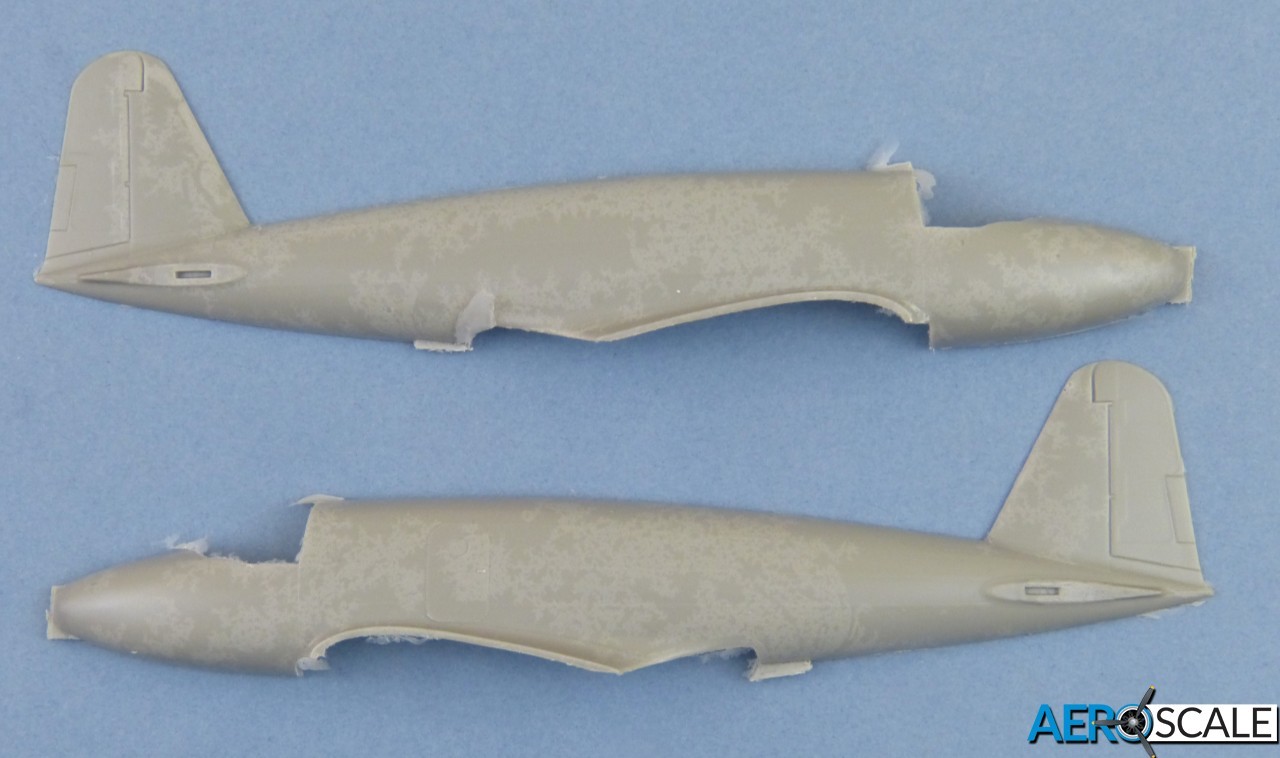
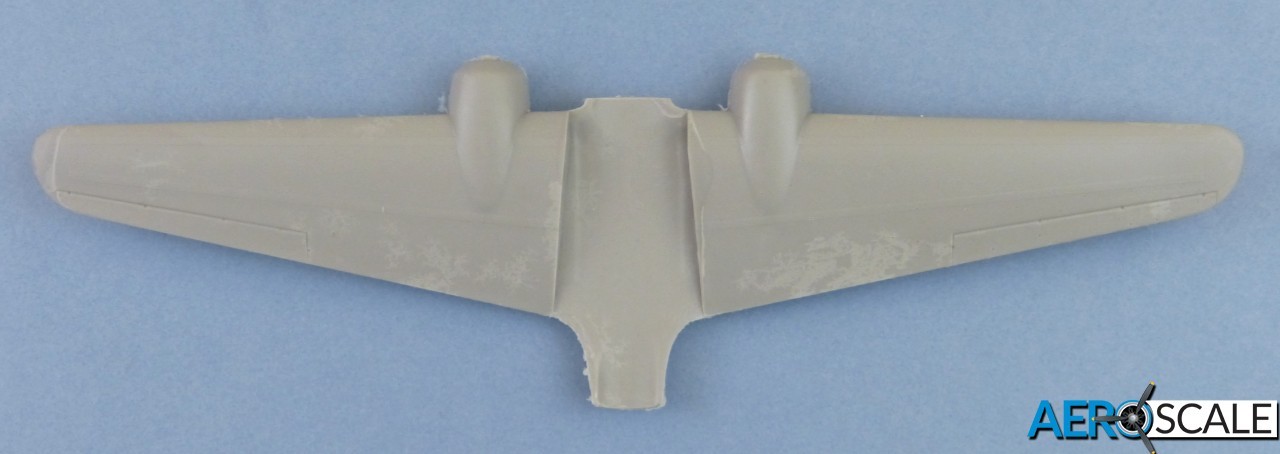
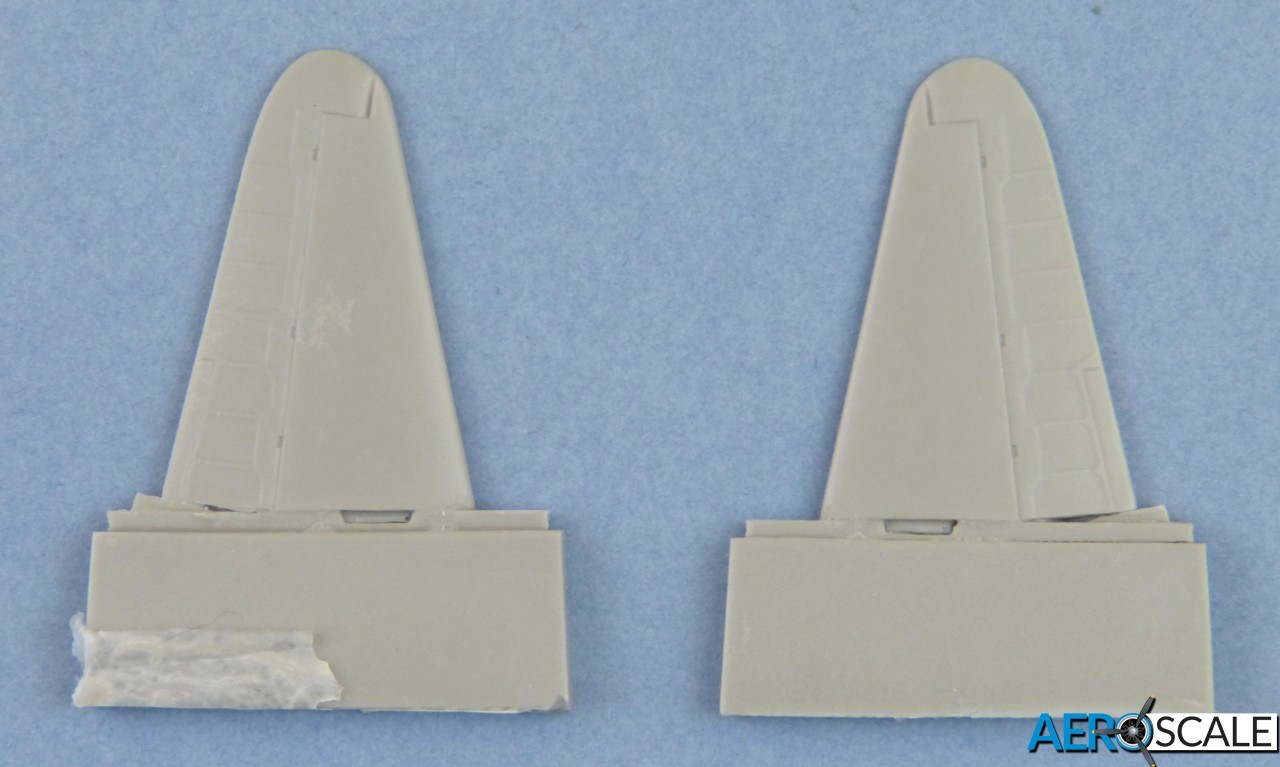
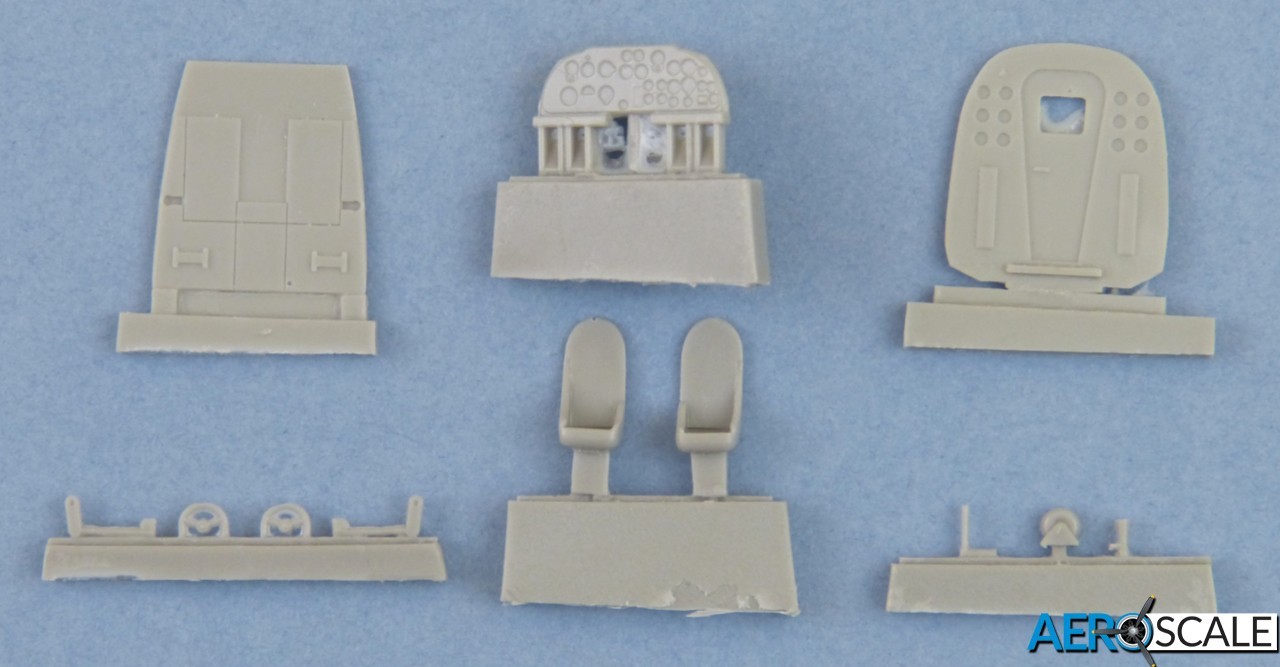
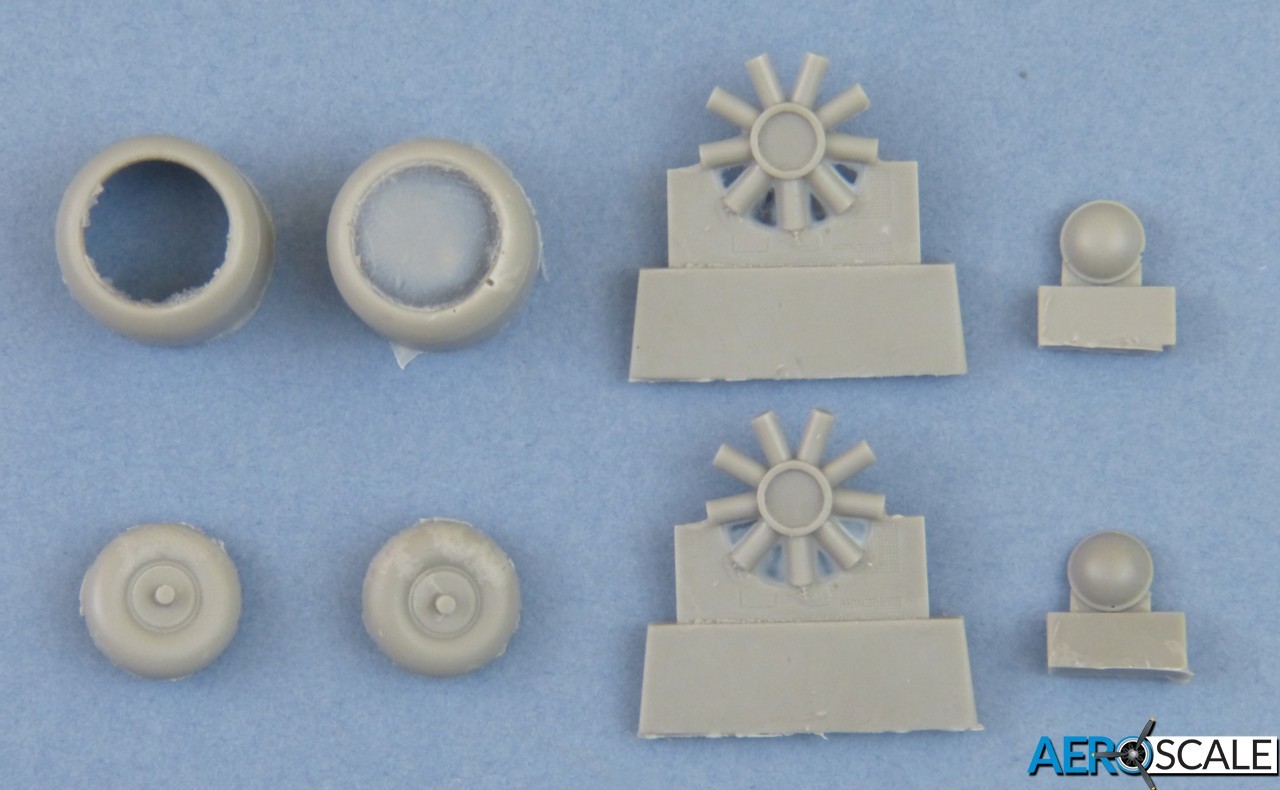
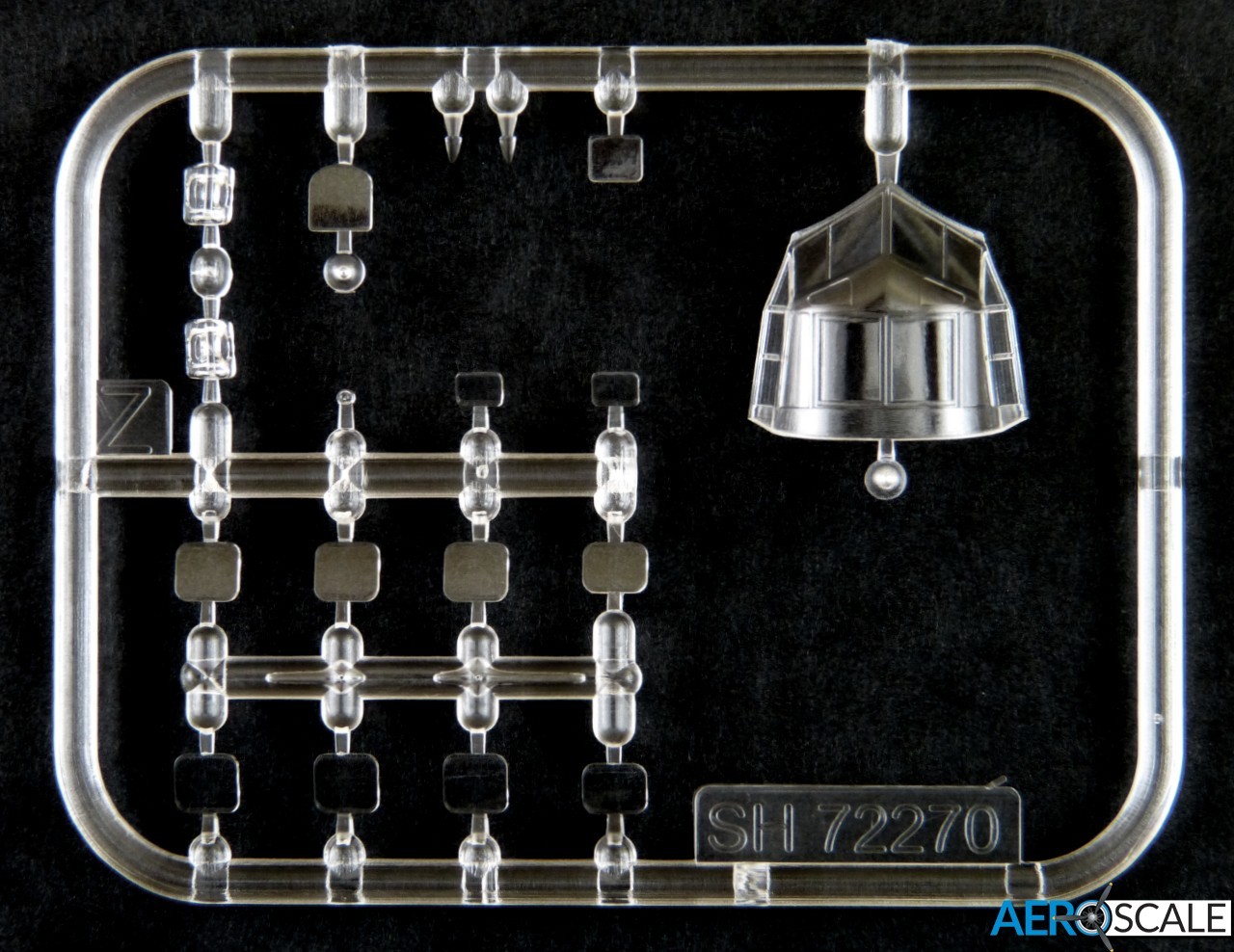
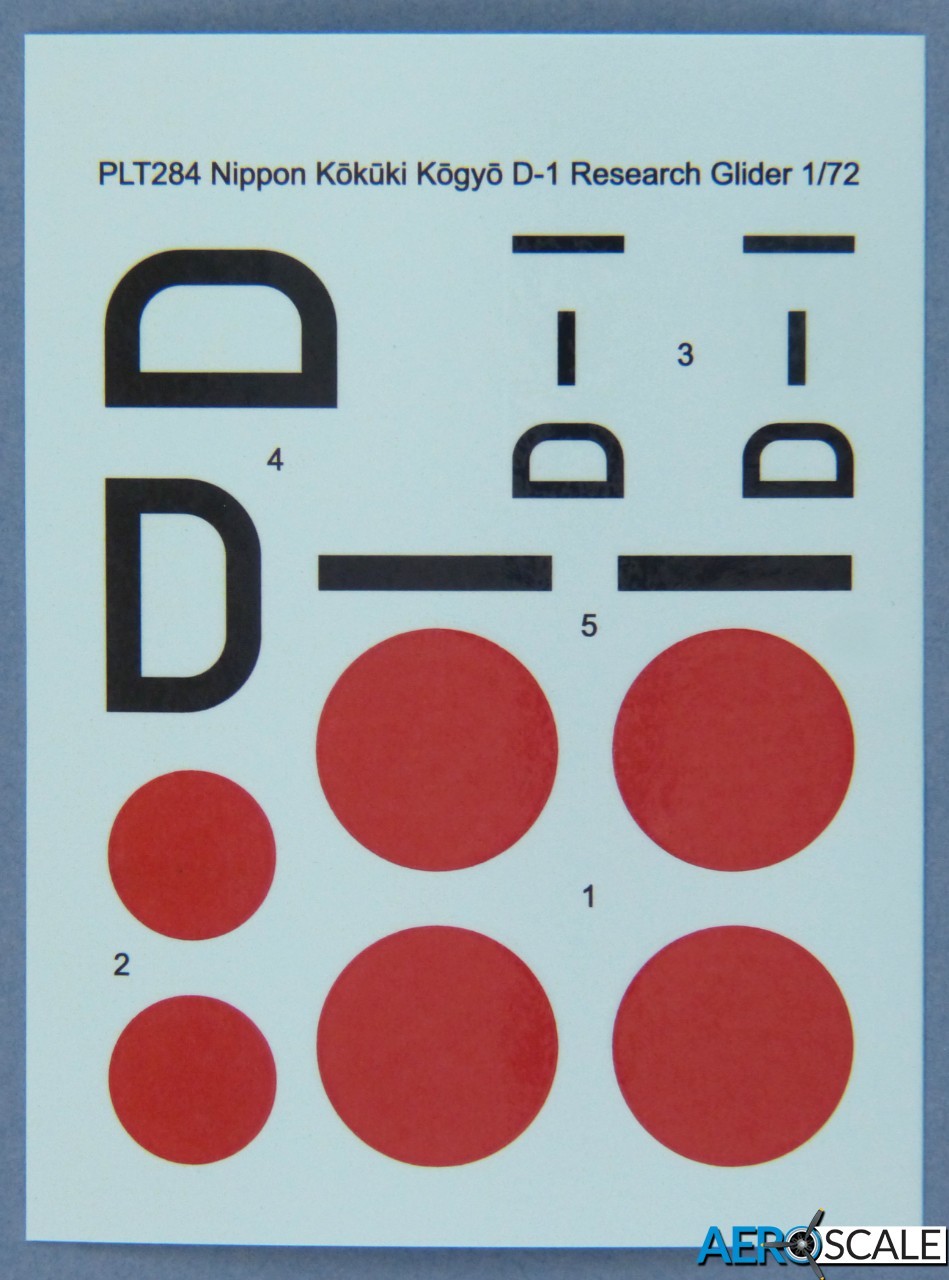
The casting is good in the sample model. There's a slightly "frosted" appearance in a few places, but this is superficial only and doesn't affect the texture of the resin. There is a bit of light flash in places and I spotted a few small bubbles, but clean-up and preparation promises to be quick and straightforward.
The main surface finish comprises a few light engraved lines, plus delicate appliqué strips on the fuselage and wings. The control surfaces have a subtle effect that will look very good in this scale. Just like the real aircraft, Planet Models have used Special Hobby's Ki-54 as the basis for the model and I spotted a couple of faint "ghosts" of the original kit's details that should disappear under a coat of primer.
The new model uses the clear parts from the standard Ki-54 kit, but only the canopy and an interior window for the cockpit door are needed for the glider.
Test Fit
I dry-assembled the fuselage and wings after cleaning up the resin pouring stubs, and the fit's very good. The fuselage halves match perfectly and the one-piece wing casting slots in neatly. The weight of the nacelles causes it to sag slightly, so it'll need taping to close the gaps at the roots and set the correct dihedral.
The tailplanes are firmly attached to casting blocks and it needs a little care to remove them. Once freed they match the roots well and have short locating tabs. These are a bit small for their slots, so they won't actually support the tailplanes, but will help to keep things lined up.
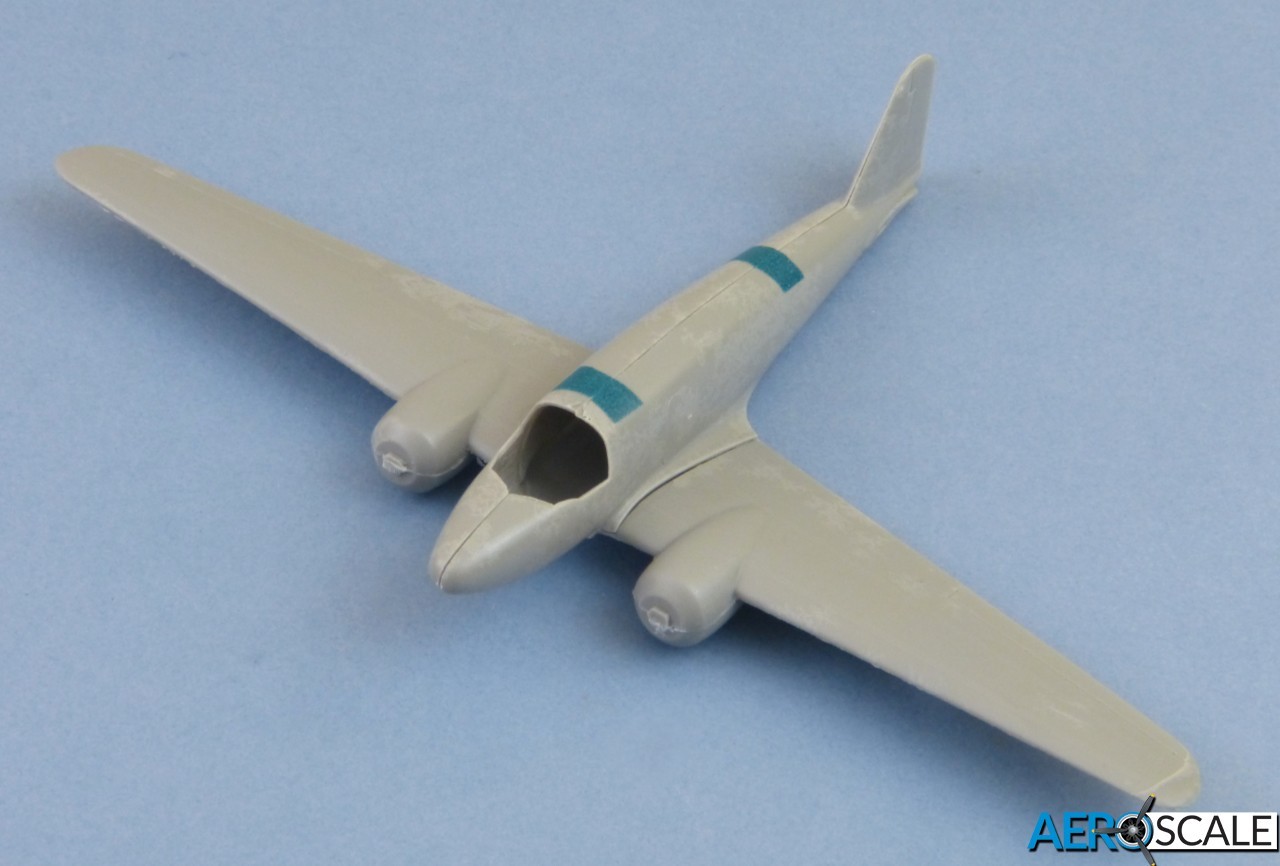
A Few Details
The cockpit is neatly fitted out for this scale, with integral sidewall details, a floor and rear bulkhead, plus neatly cast seats and 2-part control columns.
The instrument panel appears to be the standard one for a Ki-51, so I imagine many of the instruments were redundant for the glider. Perhaps they were blanked off in reality. Rudder pedals are slung under the panel to complete the "office".
The kit doesn't include any seatbelts, but generic aftermarket sets are easy to find if you don't simply add some from tape or thin foil.
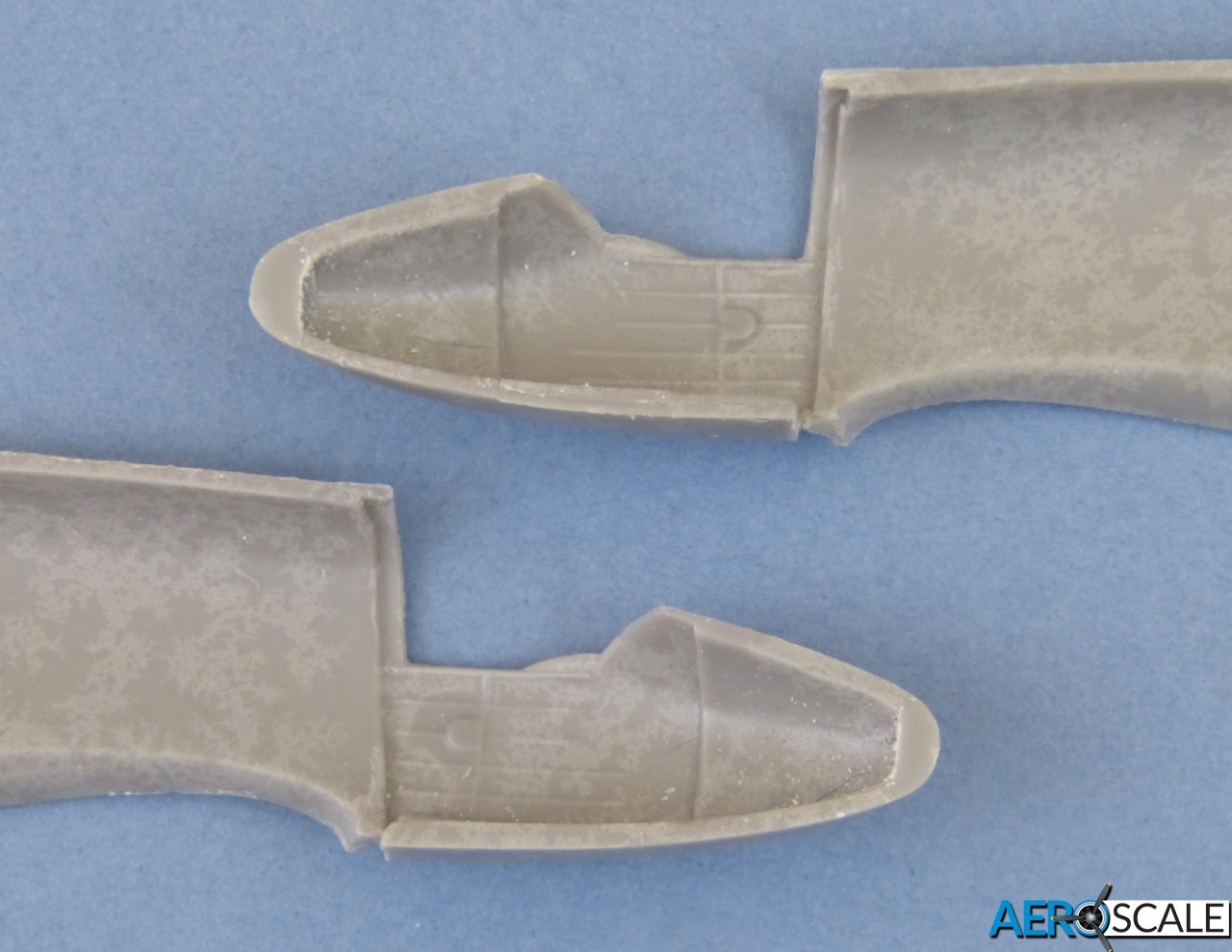
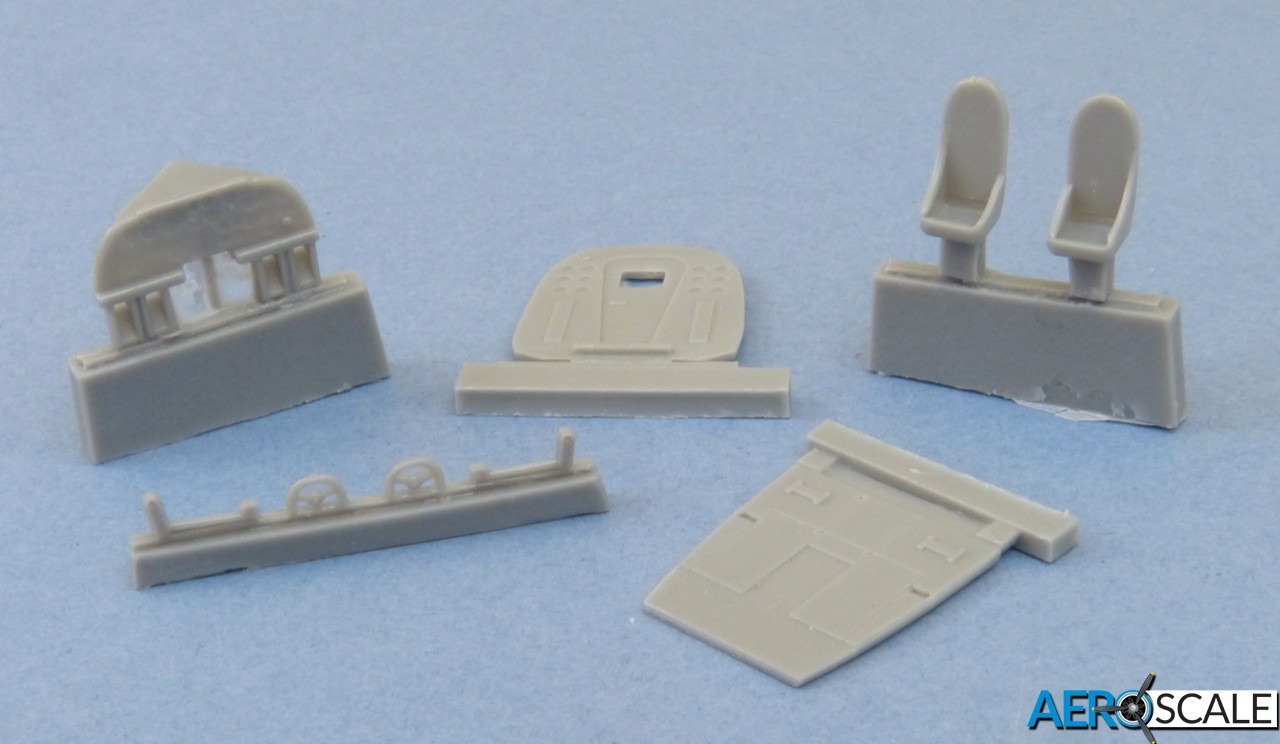
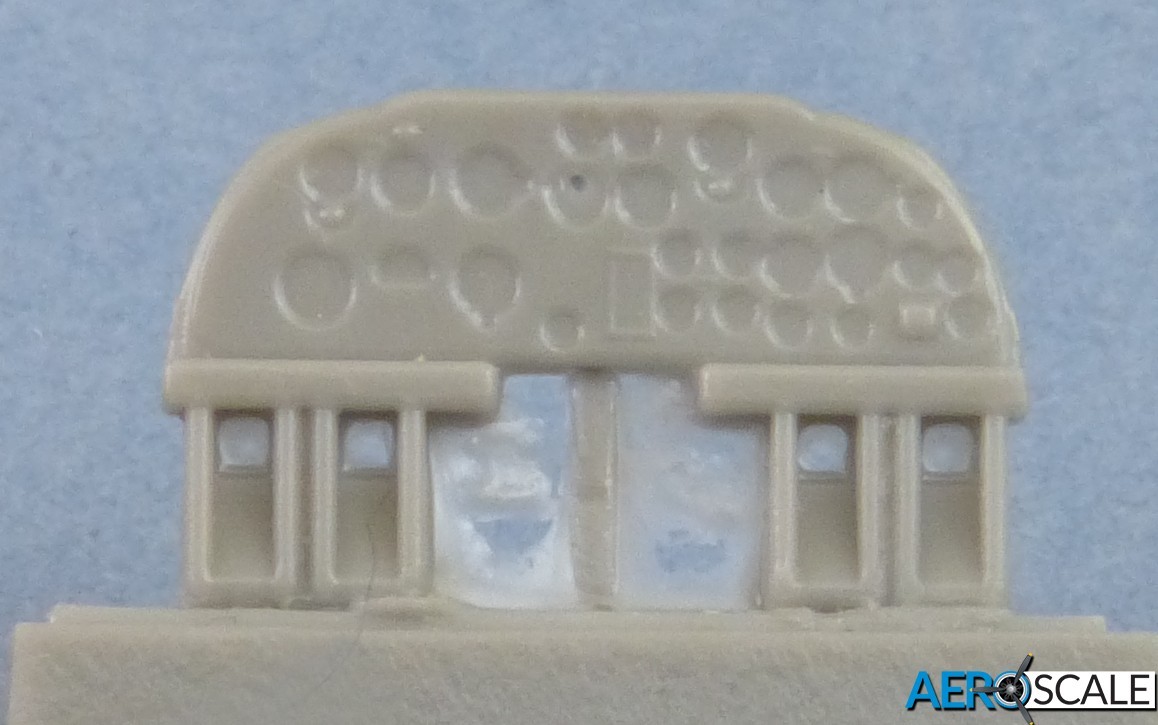
The engines and their blanking caps are neatly cast. Without close-up photos of the original installation, I wouldn't potentially waste time adding extraneous detail. I presume the full-sized glider was fitted with non-functioning or scrapped motors purely for their weight.
The wheels slot directly into the nacelles without any undercarriage legs. The tyres are cast "unweighted", but you can always file slight flat spots where the pouring attachments are to give the model a realistic "sit".
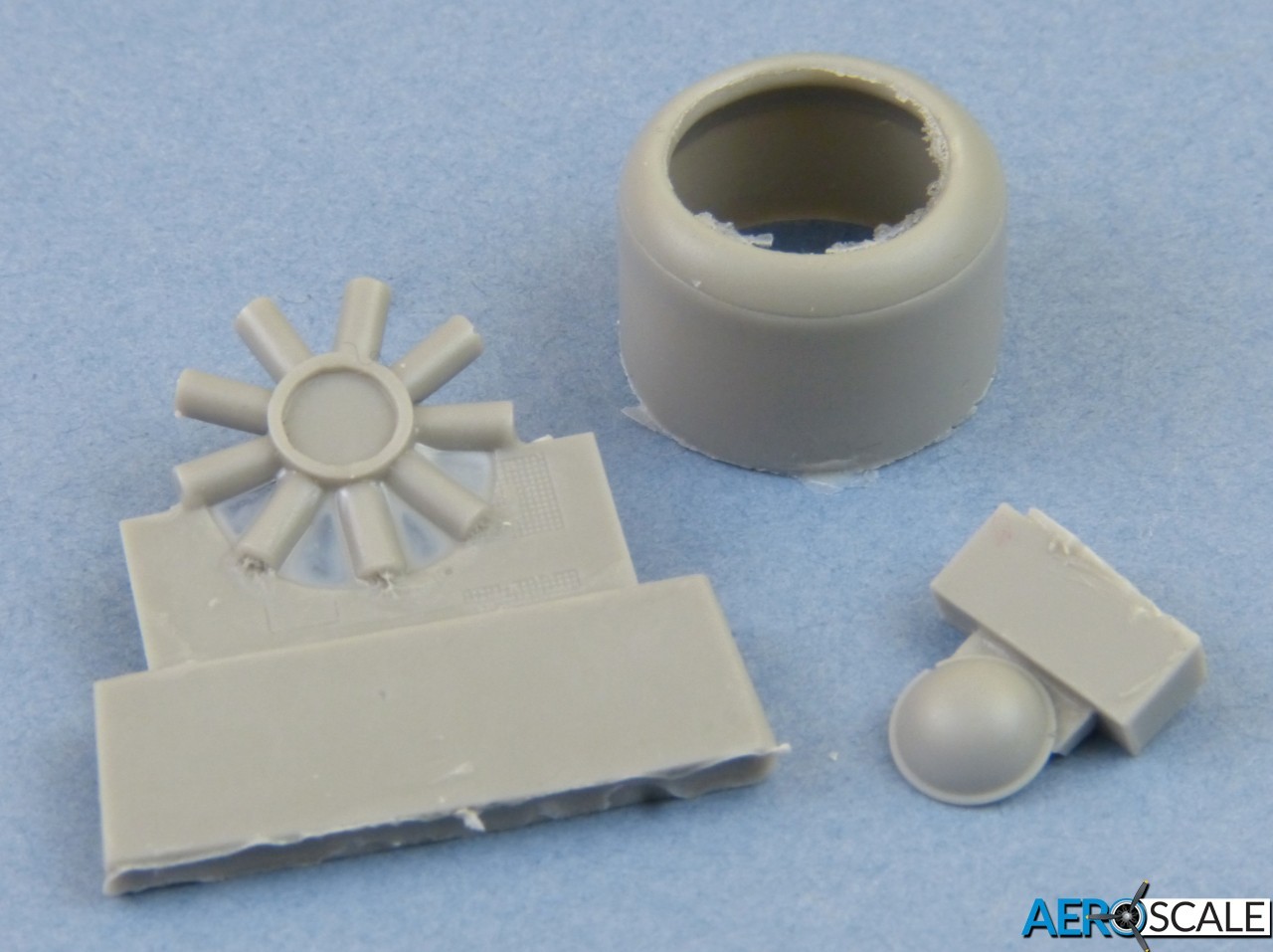
The clear parts are very nicely moulded with crisply defined frames on the canopy. A set of die-cut painting masks is available separately from Special Hobby. There also appears to be a window in the fuselage door, so I'll drill this open and add a drop of ClearFix or a similar product to glaze it.
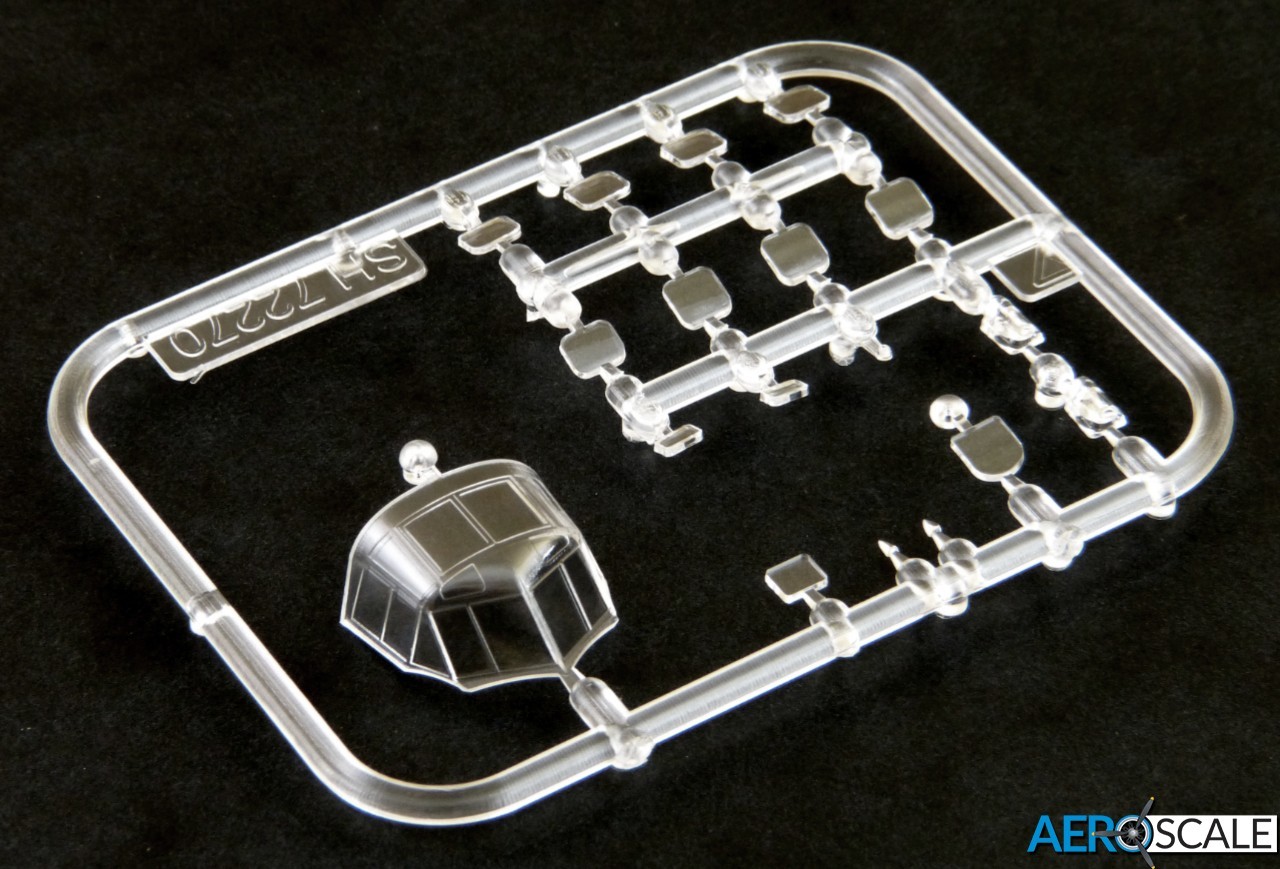
Instructions & Decals
Planet Models provide a simple set of instructions that include a history of the aircraft in English and Czech, a diagram of the parts, two views of the construction plus a painting guide. The kit is so simple, experienced modellers won't need anything else, but newcomers to building resin kits would find some generic tips handy, so perhaps that's something Planet Models could include in future. A Gunze Sangyo colour match is given for the cockpit interior.
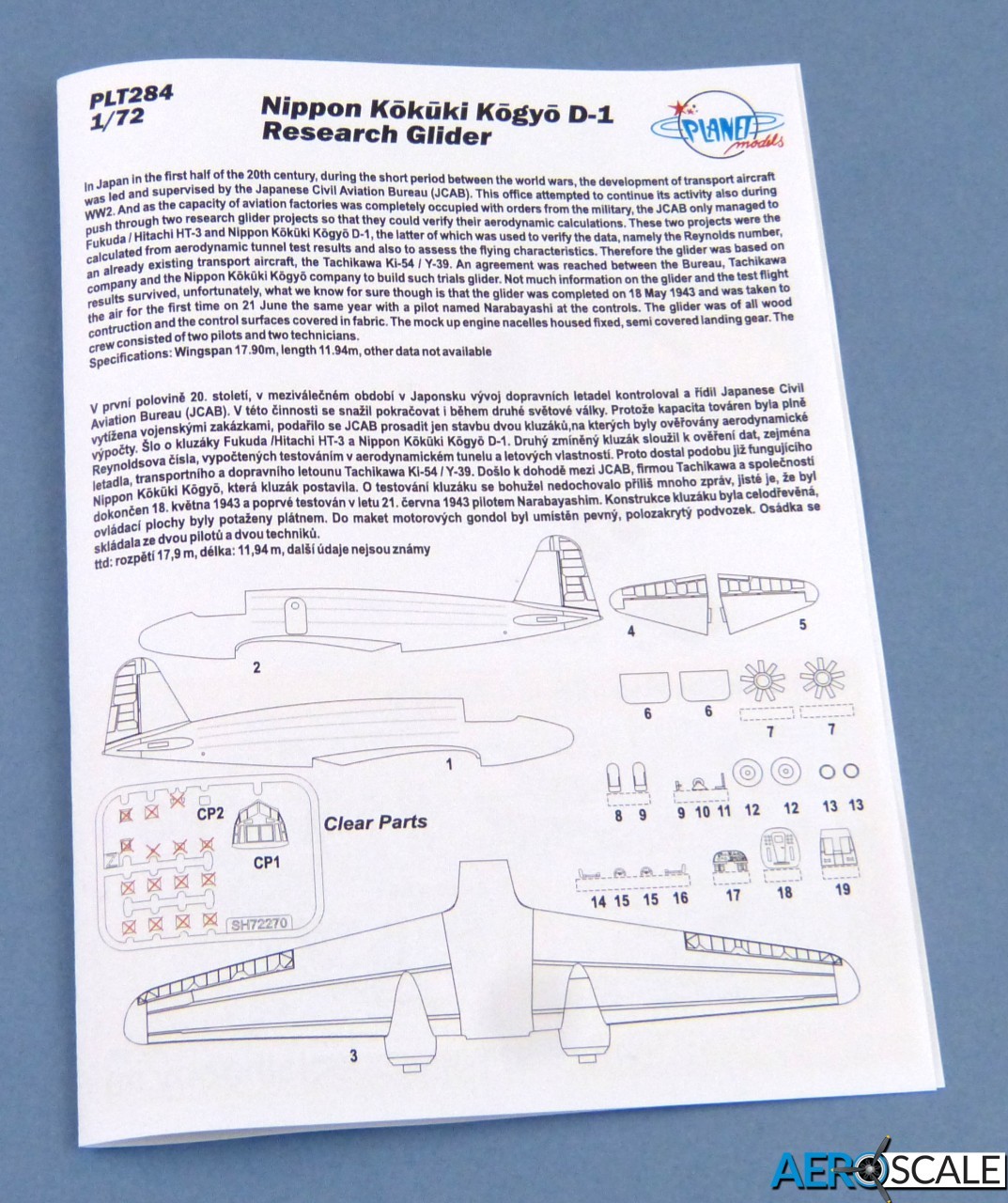
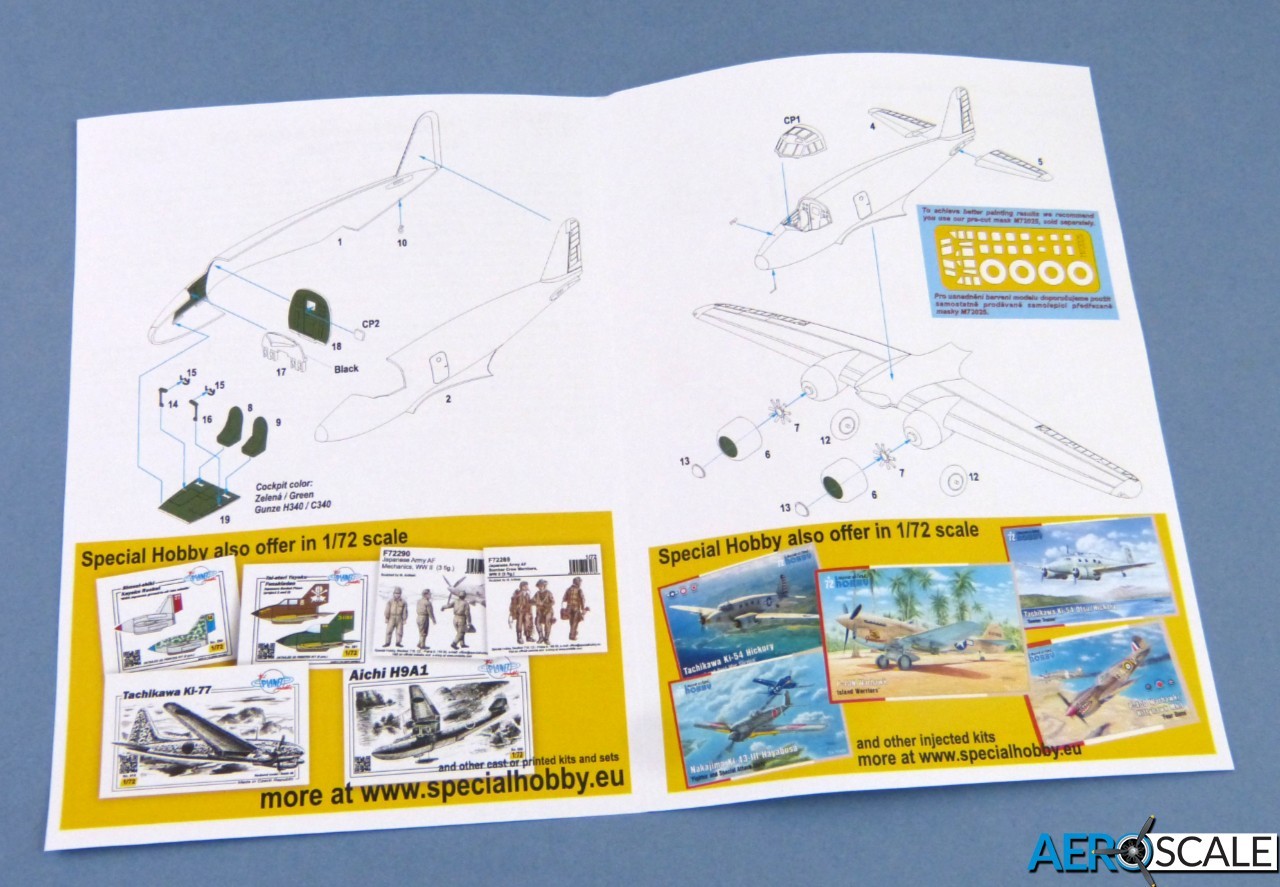
The painting option is for the overall silver-doped prototype and the decals look to be good quality. Registration isn't an issue with the single-colour items, and they are nice and thin with a glossy finish.
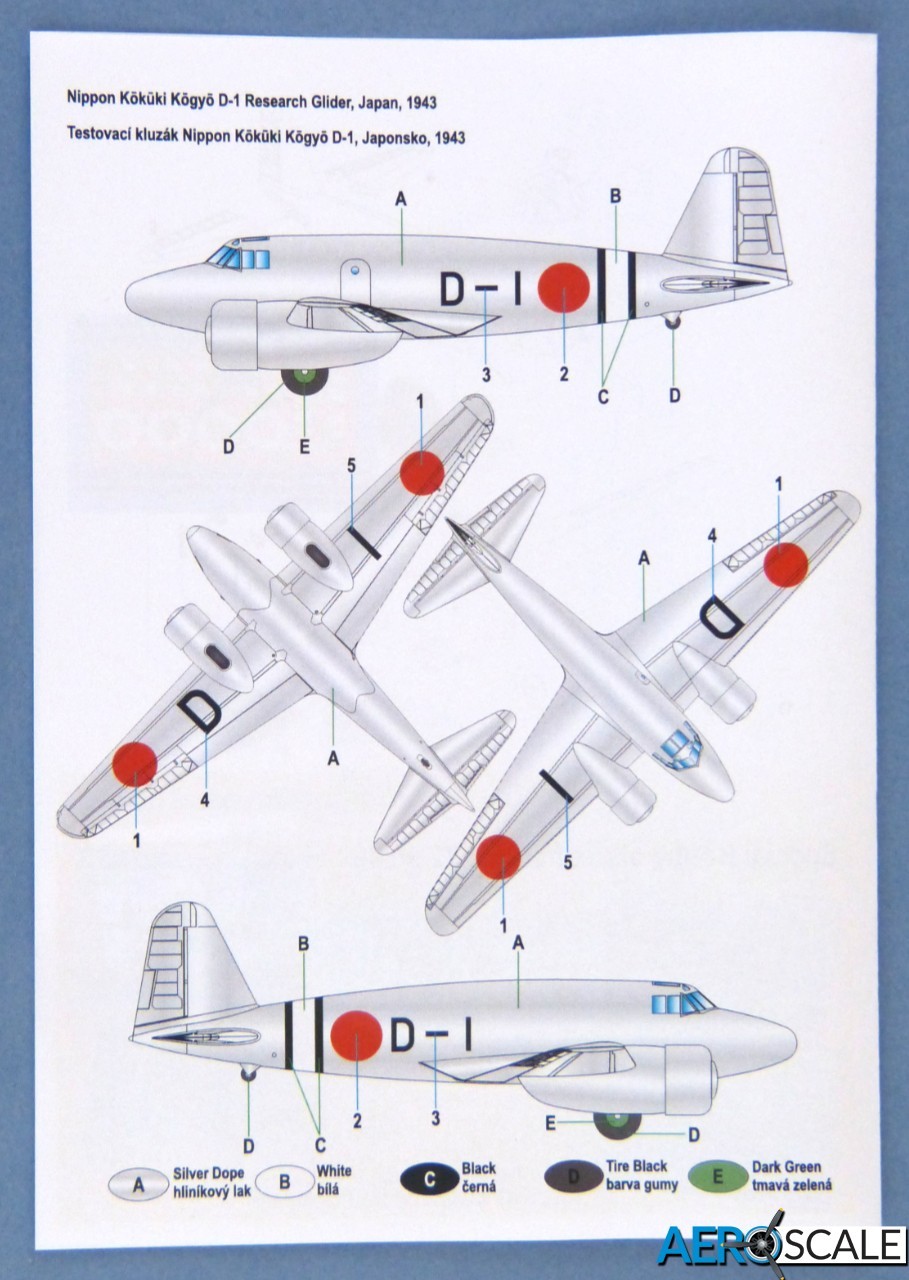
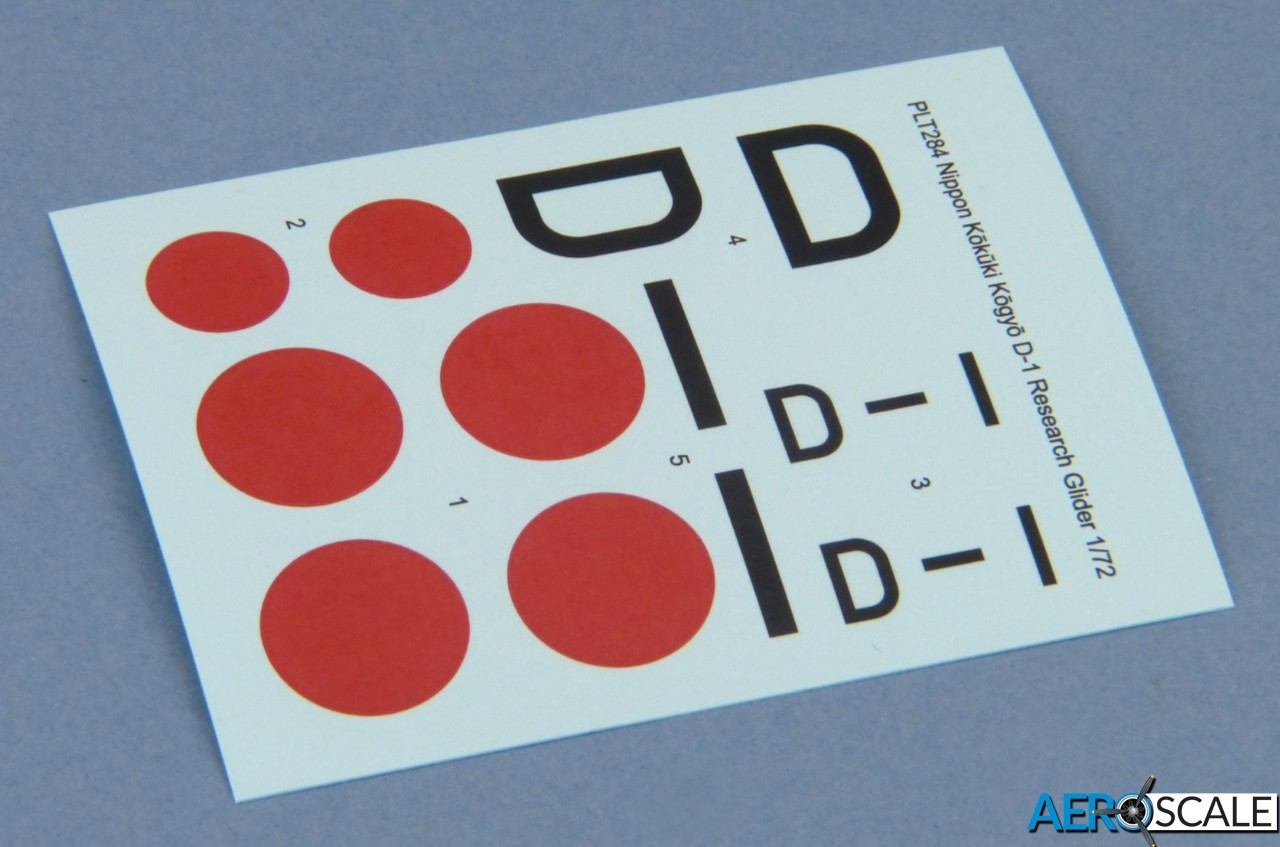
Conclusion
Planet Models' Nippon Kōkūki Kōgyō D-1 is a nicely produced kit that should be a breeze to build for anyone with experience of working with resin parts. Its overall simplicity means it would also make quite a good first resin kit for somebody wanting to try their hand with the medium.
It's certainly an unusual subject, and one that's bound to cause a few confused double-takes in any display of WWII aircraft. So, whether you're an enthusiast of gliders or Japanese aviation - or simple enjoy building something "weird and wonderful" once in a while - the Nippon Kōkūki Kōgyō D-1 might be just the ticket.
Kit #PLT284 is available now from Special Hobby - Price: 56.10 Euros
Many thanks to Special Hobby for the review sample.
Please remember, when contacting retailers or manufacturers, to mention that you saw their products highlighted here - on AEROSCALE


















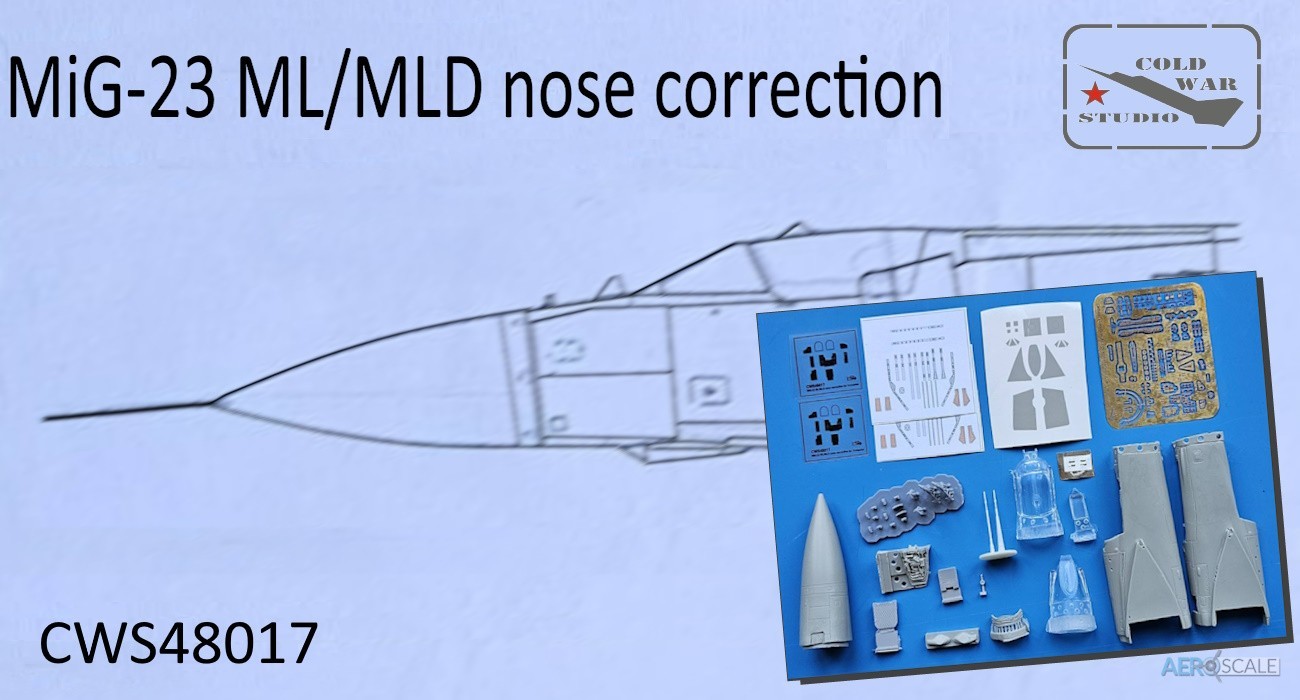
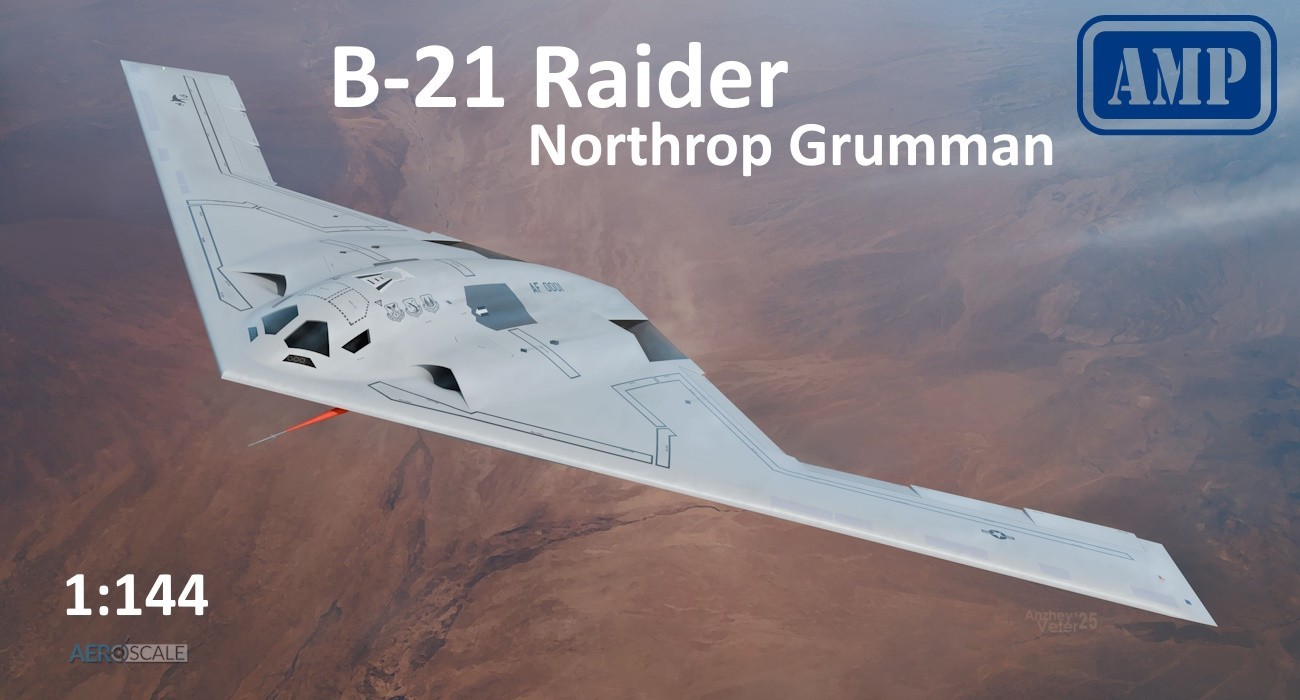
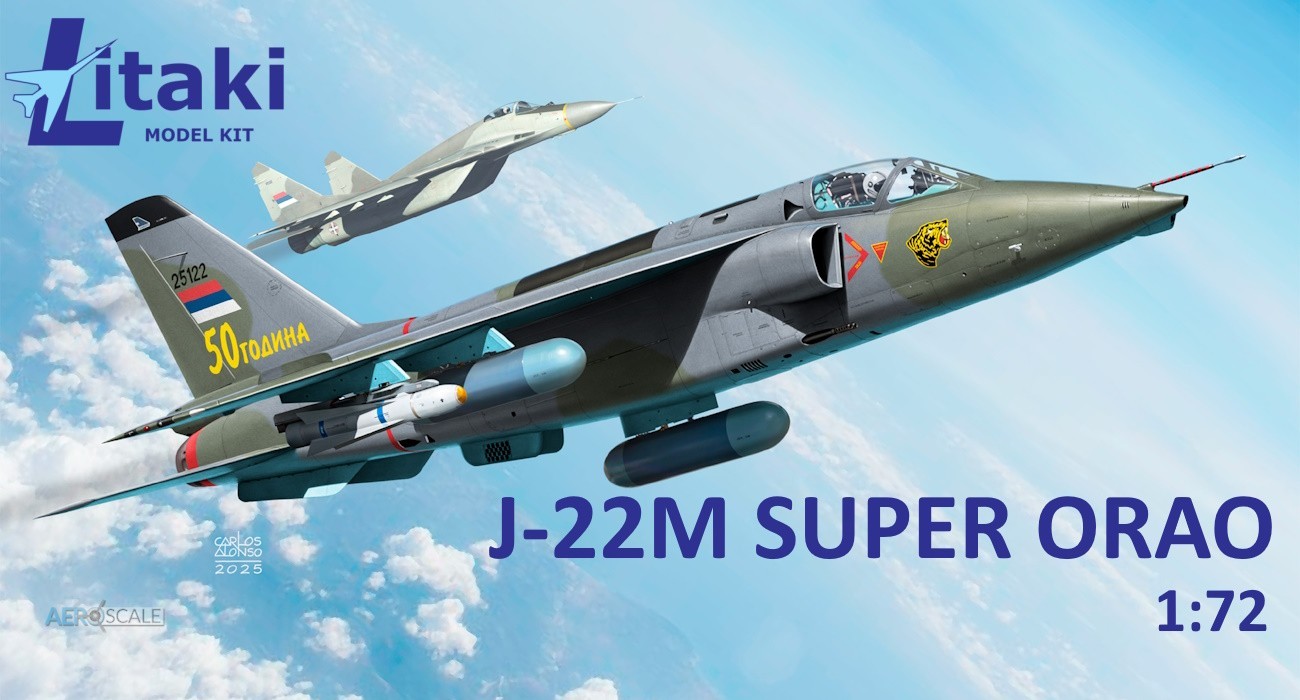
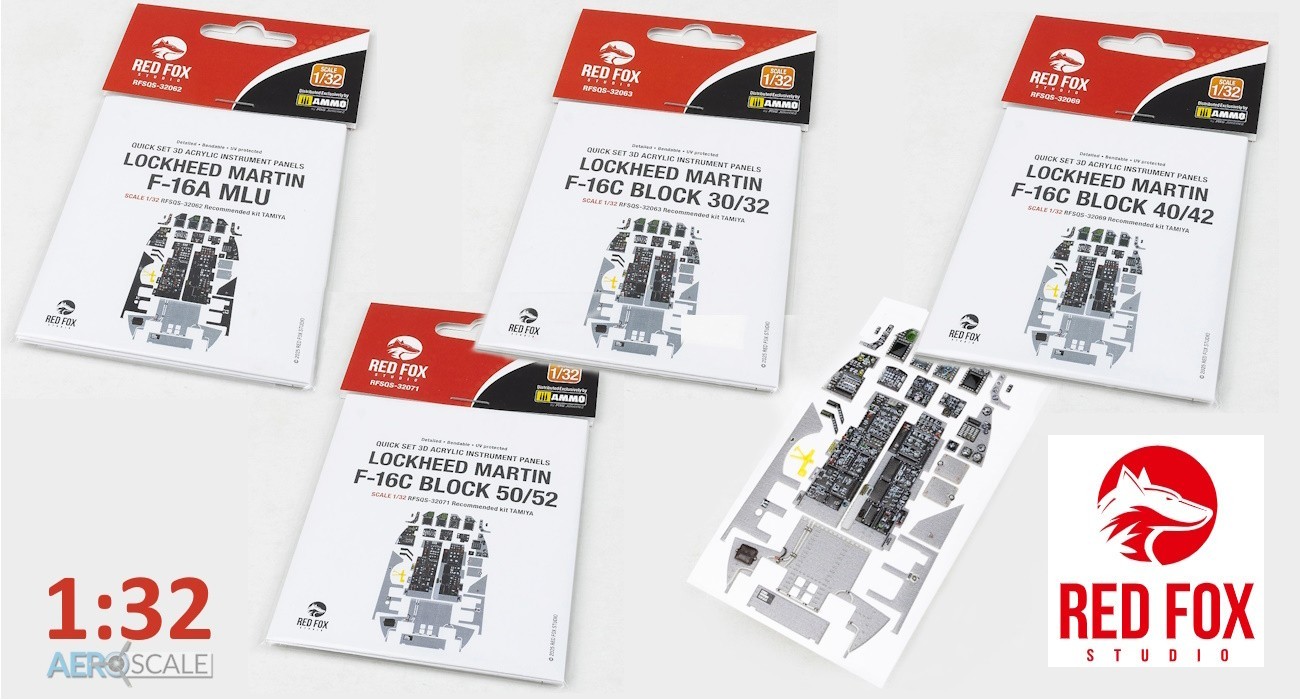
![MiG-3 [late] ‘Winter Air Defence’ Incoming](/upload/media/posts/2025-06/20/mig-3-late-winter-air-defence-incoming_1750437150-s.jpg)
